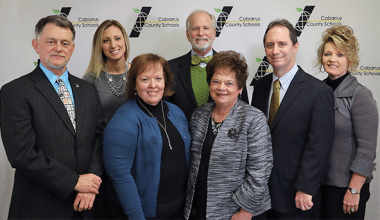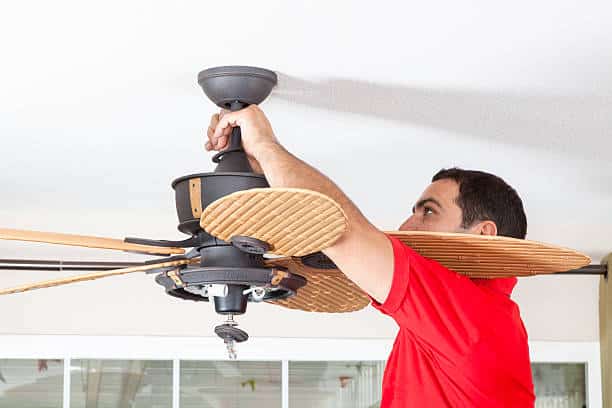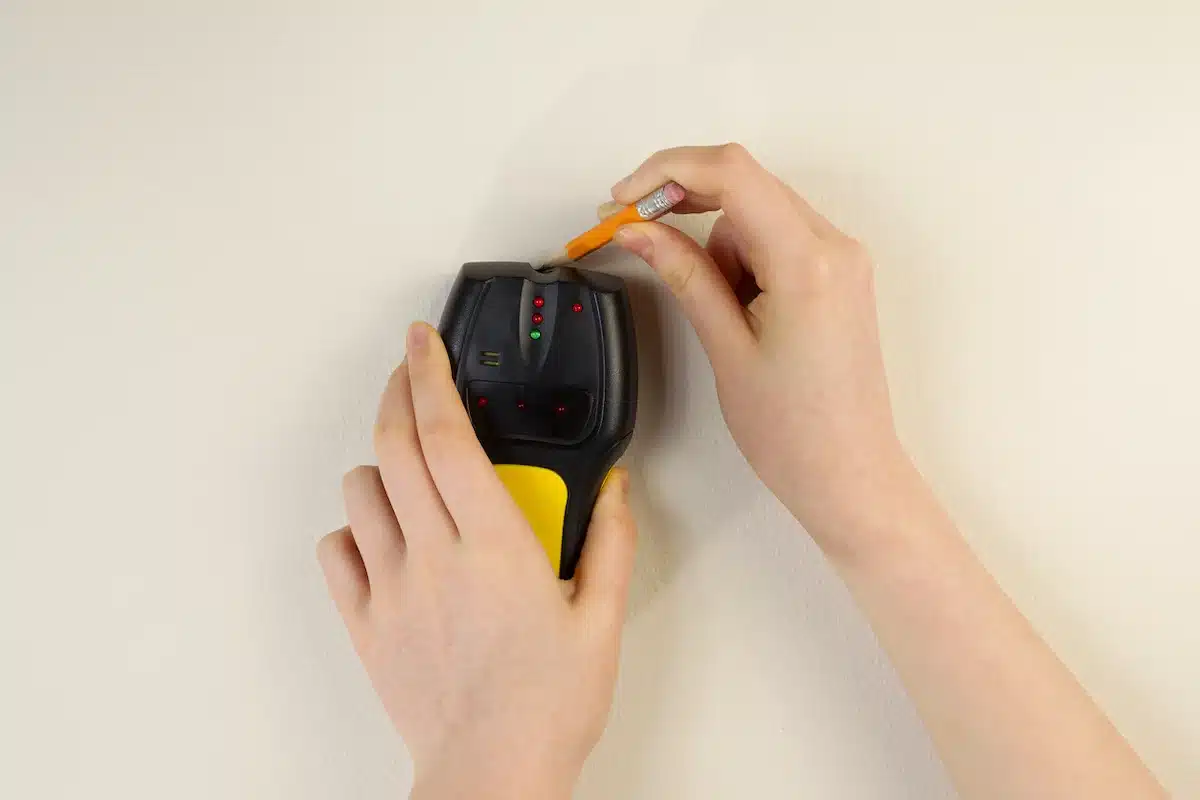Becoming a pilot for an airline requires various levels of certification and flying training that you must attain before applying for a regional or commercial airline position, regardless of whether you currently have a private pilot license or are researching this career path.
We outline the Federal Aviation Administration’s (FAA) standards for becoming a pilot for an airline in this article and provide step-by-step information on the career of a professional pilot.
Let’s get started!
Related: How To Become A Commercial Pilot in 2024 Schools, Salary, & Cost
Table of contents
- What does an airline pilot do?
- How Long Does It Take to Become a Commercial Airline Pilot?
- Is a College Degree Required to become an Airline Pilot?
- How to become a pilot for an Airline
- #1. Earn an FAA-approved bachelor’s degree
- #2. Obtain a private pilot license
- #3. Acquire an instrument rating
- #4. Obtain a commercial pilot license
- #5. Get a flight instructor certificate
- #6. Add a multi-engine rating
- #7. Gain experience and flight hours
- #8. Earn an airline transport pilot certification
- #9. Interview for a position as an airline pilot
- How much do airline pilots make?
- What is the work environment for an airline pilot?
- What is the best career path to becoming a pilot for an airline?
- Airline pilots vs. commercial pilots
- FAQs
- Conclusion
- References
- Recommendations
What does an airline pilot do?
Transportation of crew members and passengers between locations is the responsibility of an airline pilot. They must use specialized tools to navigate the plane’s flight route and manage all other aspects of its movement.
The captain (pilot in command) and the first officer (second in command) collaborate in the cockpit to ensure a safe flight, from vehicle inspection and flight logs through exact synchronization for takeoff and landing.
Multi-engine aircraft are flown by airline pilots, who must possess a high level of technical proficiency. They must react to any mechanical issues that arise while the plane is in flight and manage it through bad weather.
To fully understand their flight route, airline pilots must talk to air traffic controllers and use radar.
How Long Does It Take to Become a Commercial Airline Pilot?
You might be surprised to learn that getting your private pilot license only takes a couple of months. After that, it typically takes two years to accumulate the required amount of flight experience to become qualified to become a pilot for an airline.
You will gradually increase your hours and earn more certificates (described below) throughout those two years of flying.
Before being given the opportunity to become a pilot for an airline in the USA, every pilot must have amassed 1,500 hours of flight time.
Is a College Degree Required to become an Airline Pilot?
You don’t need a college degree to work as a pilot for a commercial airline. A college degree may provide an advantage if work chances decline because many airlines look favorably upon them.
Some frequent degrees attained by pilots are:
- Aeronautical Engineering
- Aeronautical Science
- Airport Management
- Aviation Management
A brilliant suggestion is to join the Air Line Pilots Association International (ALPA) ACE club if you intend to attend college while also pursuing your pilot’s license.
By joining, you can begin to expand your network, gain more insight into the field, and make it simpler for yourself to land a solid career once you graduate.
Related: Aerospace Engineering Salary, Cost Of Training & Certifications In 2024
How to become a pilot for an Airline
These stages explain the typical route to completing the necessary training and gaining experience to become a pilot for an airline:
#1. Earn an FAA-approved bachelor’s degree
When applying for positions as an airline pilot, most big airline firms need a bachelor’s degree in aviation or a closely related discipline.
The most typical course of action for students who want to pursue a career as an airline pilot is to enroll in an FAA-approved university where they can take aviation-related coursework to acquire a degree and start their pilot training simultaneously.
You can directly attain your ultimate goal of becoming an airline pilot with this path. The fact that most FAA-approved colleges and universities offer pilot training as part of their aviation programs is a significant perk of attending one of these institutions.
They can provide students with a wide range of training tools, specialized facilities, and increased scheduling flexibility for flight hours.
See Also: 13 Fully Sponsored Pilot Training Programmes 2024-2024
#2. Obtain a private pilot license
You must study fundamental flight techniques, aircraft movements, navigation, flight planning, and emergency training to obtain a private pilot certificate or pilot’s license. You can legally fly an aircraft once you get this certification.
Earning this certificate allows pilots to practice small plane flying independently.
#3. Acquire an instrument rating
Reading and using instruments are required for flying for an airline. After receiving your basic pilot’s license, you will need to learn how to utilize complex tools that direct an aircraft through various weather conditions and heights.
The National Airspace System and air traffic control are also covered in this certification’s training for pilots.
#4. Obtain a commercial pilot license
A commercial pilot’s license enables pilots to fly people or commodities for pay. After obtaining this qualification, a pilot can work in search and rescue, passenger flights (such as corporate or tourism flights), and freight deliveries.
Pilots fall into this category if they wish to get ratings for each type of aircraft they want to fly. They could upgrade their single-engine commercial pilot certificate to include a multi-engine rating.
See Also: Aerospace Engineering Conferences For All Students | APPLY
#5. Get a flight instructor certificate
Many pilots decide to become flight instructors to increase their experience and flight hours. Pilots are capable of earning pay while logging hours. Before you can even apply to be a first officer, most airlines demand a minimum number of flight hours.
Becoming a flight instructor is the fastest way to amass the flight hours and experience required to work as an airline pilot.
#6. Add a multi-engine rating
Pilots must get an additional rating besides their commercial license to fly the aircraft used by passenger airlines. The pilot must demonstrate the ability to control large aircraft with many engines.
Learning what to do in the event of a single-engine failure and operating these enormous aircraft in all facets of flight is part of the training for this certification.
#7. Gain experience and flight hours
It would be best if you flew for a lot of hours before you could become a pilot for an airline. The FAA stipulates that a pilot must have 1,500 total flying hours. Through training sessions, flight instruction, and working as a commercial pilot, you can achieve this.
#8. Earn an airline transport pilot certification
The highest license that the FAA awards is an airline transport pilot (ATP) certification. To obtain this certification, pilots need more than the bare minimum of 1,500 flying hours.
Additionally, certain flight hours, such as pilot in command (PIC), night flying, and cross-country PIC, must be logged by pilots.
Future airline pilots must also undergo medical exams to obtain an ATP certification. To serve as a pilot in command or second-in-command, a pilot must pass a first-class medical examination.
#9. Interview for a position as an airline pilot
You can look for work with a significant airline once you have satisfied all FAA standards. Since seniority is the basis for hiring on airlines, you’ll begin as a first officer and advance to captain after at least two years of employment.
See Also: Top 10 Masters Scholarships In Aerospace Engineering
How much do airline pilots make?
The company size, the type of aircraft, and seniority all determine the pay of the pilot of an airplane. Pilots for airlines are compensated for the number of hours they fly, up to 1,000 hours annually. The hourly rate has a role in deciding a pilot’s salary.
First officer base pay is $53,325 annually across the nation. An annual average starting wage for a commercial airline captain is $55,362.
Airline pilots frequently receive benefits, including free travel, health insurance, paid time off, employee discounts, and a base salary. For family members who purchase airplane tickets, some businesses offer “buddy passes” that are either free or discounted.
Related: Aerospace vs. Mechanical Engineering: Salary, Similarities, Difference & Job Outlook
What is the work environment for an airline pilot?
Most of an airline pilot’s time is spent in a compact, enclosed cockpit with one or two other crew members nearby. Depending on the duration and number of flights on their schedule, they will work a range of hours.
Pilots will do their business from a location they see as their base, yet they frequently fly for several days before arriving home. They might work through the night, on weekends, and for long periods.
Pilots for airlines take on leadership roles as well. They are accountable for the plane, every passenger, and every crew member on their flight, whether as the captain or first officer. When a crisis necessitates swift action to maintain the flight’s safety, they must feel at ease making decisions quickly.
Flying can take a pilot to many different places inside and outside their own country. Therefore they must be open to travel. An adventurous spirit and an appreciation for aviation mechanics and travel are common traits among airline pilots. They can actually see the world via their work.
What is the best career path to becoming a pilot for an airline?
To become a pilot for an airline, you can choose from various educational and training options. The four typical career routes are as follows:
Train at a flight school
The fundamental instruction in flight and navigation that you require will be given by a Part 61 or Part 141 flight school, depending on the level of FAA regulation. These flight schools frequently provide flexible programs with various schedules and paces.
While a Part 61 training program can be more flexible in its approaches, a Part 141 institution has a strictly regulated teaching process.
Earn a college degree from an aviation program that the FAA approves.
An associate’s or bachelor’s degree program in aviation will be supplemented by training at an aviation college. You will complete your education with coursework in aviation-related subjects and receive hands-on training in flight mechanics, piloting, and navigation.
Attend an airline cadet program
Pilots for airlines might receive specialized training at aviation academies. These academies frequently provide an organized career path to work for the company and are associated with a particular airline.
Before being immediately promoted to a position as an airline pilot after completing their first training, those who train with the school might need to complete various tasks within the airline or a subsidiary airline.
Join the Military
Some people decide to become pilots through the chance to serve in the military. The Army and the Air Force are two U.S. armed services branches with their own aviation training facility.
The Marines’ pilot training program is the most comprehensive. The Navy, Marine Corps, and Coast Guard have naval aviator programs for commissioned officers.
Due to your long-term dedication and military duty, training is covered in this path. Military training gives pilots more precise tactical and emergency response proficiency. Candidates with past military flying experience are frequently highly valued by airline programs.
Related: How To Become A Military Officer In 2024 | Full Step Guide
Airline pilots vs. commercial pilots
Airline pilots typically start as commercial pilots, gaining experience as flight instructors or charter pilots. The tasks they are employed to perform distinguish commercial pilots from airline pilots.
While commercial pilots transport passengers and cargo, conduct surveillance, and meet other flight requirements linked to their job titles, airline pilots frequently work for a specific regional airline.
An airline transport pilot certification would require a pilot with a commercial pilot license to complete additional training and accrue more flight hours.
FAQs
It will take at least two years of training to become a civilian commercial airline pilot while you work toward several objectives. To begin with, you must obtain a private pilot certificate, which calls for passing a medical examination, a written test, and at least 40 hours of flight time.
To become a pilot for an airline, you must:
Earn an FAA-approved bachelor’s degree.
Obtain a private pilot license.
Acquire an instrument rating.
Obtain a commercial pilot license.
Get a flight instructor certificate.
Add a multi-engine rating.
Gain experience and flight hours.
Earn an airline transport pilot certification.
For many students, being a pilot is worthwhile. Over the next ten years, the Bureau of Labor Statistics predicts a 5% increase in the need for airline and commercial pilots. This is a faster rate of growth than the overall average for jobs.
Their relationship with management causes 40 percent of pilots to feel “most stressed,” with rotations (the number of airport turnarounds they must complete each day) coming in second. Fifty-nine percent of workers believe their employers don’t care about their happiness.
The short answer is that yes, pilots do sleep during flights and are permitted to do so, but there are stringent regulations that govern this conduct. Although short-haul sleep is authorized to prevent the effects of weariness, long-haul flights are often the only ones on which pilots would generally sleep.
Conclusion
If you want to pursue your ambition of becoming a pilot for an airline, you now have the information you need to get started. If you put in the time and effort, you’ll soon be able to fly as a licensed pilot.
References
Recommendations
- How To Become A Commercial Pilot in 2024 Schools, Salary, & Cost
- 13 Fully Sponsored Pilot Training Programme 2024-2024
- Aerospace Engineering Conferences For All Students | APPLY
- Top 10 Masters Scholarships In Aerospace Engineering
- Aerospace Engineering Salary, Cost Of Training & Certifications In 2024
- 15 Best Undergraduate Aerospace Engineering Schools In 2024
- Aerospace vs. Mechanical Engineering: Salary, Similarities, Difference & Job Outlook
DISCLOSURE: This post may contain affiliate links, meaning when you click the links and make a purchase, we receive a commission.





5 comments
Comments are closed.